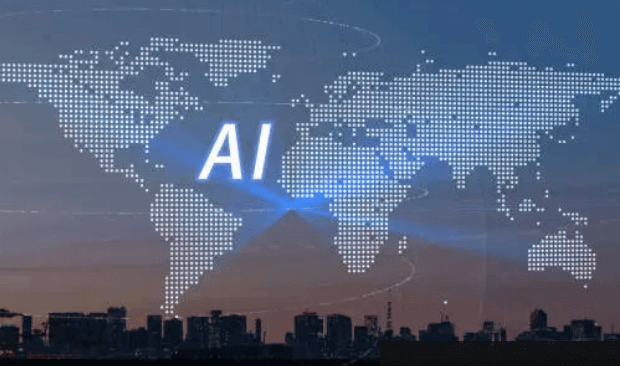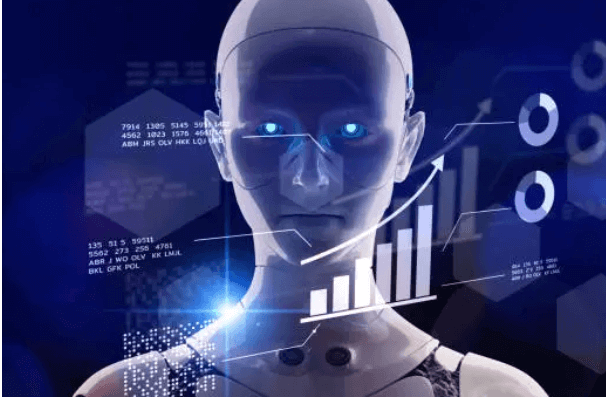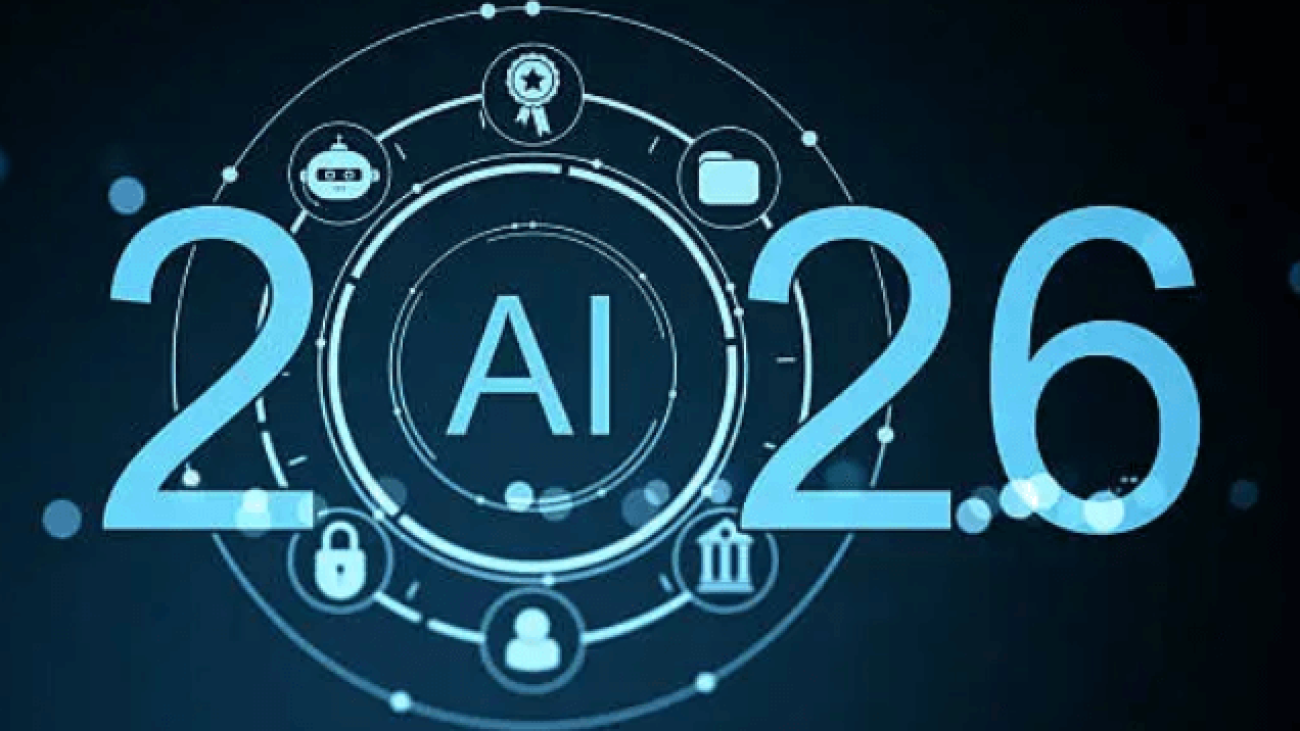
Table of Contents
Introduction
Artificial Intelligence (AI) has rapidly transitioned from a futuristic concept into a central force shaping the global economy. By 2026, AI will not only be transforming industries but also redefining the very foundation of international trade, finance, healthcare, education, and manufacturing. What was once limited to experimental labs and tech companies is now deeply embedded in everyday life, driving innovation and fueling economic growth worldwide.
The world economy in 2026 looks vastly different compared to just a decade earlier. AI is projected to contribute trillions of dollars to global GDP, and nations that successfully integrate AI into their economic systems are seeing unprecedented growth. From predictive analytics that enhance financial decision-making to AI-powered supply chains that minimize costs and improve efficiency, the economic footprint of AI is impossible to ignore.
At the same time, AI’s influence is not without challenges. Job displacement, ethical concerns, and regional disparities in adoption raise critical questions about the sustainability of AI-driven growth. This makes 2026 a pivotal year—a turning point where governments, corporations, and individuals must navigate both the opportunities and risks of artificial intelligence.
In this article, we’ll take a deep dive into how AI is influencing the world’s economy in 2026, exploring its effects across industries, countries, and markets while also looking ahead to the future. Also, read this post
The Global AI Landscape in 2026

AI adoption has surged across industries at a pace few predicted. In 2020, businesses were cautiously experimenting with AI in customer service, marketing automation, and data analysis. Fast forward to 2026, and AI has become the core infrastructure of global commerce.
Adoption Across Industries
From healthcare to finance, AI is no longer an optional tool—it’s a necessity. In manufacturing, smart factories are powered by AI-driven robotics, reducing production costs by up to 40% in some sectors. In retail, predictive AI tools drive personalized shopping experiences, boosting customer retention rates. Agriculture too has embraced AI, with intelligent drones and predictive crop analysis reshaping food production.
Investment Trends in AI
Global investment in AI technologies has skyrocketed. Venture capital funding for AI startups hit record highs, with over $200 billion invested annually by 2026. Tech giants like Google, Microsoft, and Alibaba are competing to develop the most advanced AI systems, while governments are pouring billions into AI infrastructure, research, and training programs.
Predicted Market Size
According to industry analysts, the AI market is expected to surpass $1.5 trillion by 2026, a staggering increase from just $327 billion in 2021. This growth is fueled by the increasing demand for AI solutions in automation, cybersecurity, healthcare, and digital commerce. Nations that fail to adopt AI risk falling behind in the global economic hierarchy.
AI’s global landscape in 2026 is a story of both opportunity and disparity. While developed nations lead in advanced AI applications, emerging economies are catching up fast, leveraging AI to leapfrog traditional industrial growth stages.
AI and Global GDP Growth

AI’s impact on global GDP is one of the most measurable indicators of its influence. Economists estimate that AI could add up to $15.7 trillion to the global economy by 2030, and by 2026, we are already witnessing the early stages of this transformation.
Developed Economies
Countries like the United States, China, and members of the European Union are at the forefront of AI-driven GDP growth. AI enhances productivity by automating routine tasks, optimizing logistics, and driving innovation in fields such as biotechnology and energy. In the U.S., AI is projected to contribute an additional 3% GDP growth annually by 2026.
Emerging Economies
Emerging markets, especially in Africa and Southeast Asia, are harnessing AI to bypass traditional stages of development. For instance, AI-powered mobile banking platforms have enabled financial inclusion for millions of people without access to conventional banking. This not only boosts GDP but also fosters entrepreneurial ecosystems in developing regions.
Sector-Specific Growth
AI’s contribution is not uniform across industries. Finance, healthcare, and retail are seeing the largest boosts in GDP contribution. In healthcare alone, AI-driven diagnostics and automation are saving billions in operational costs while improving patient outcomes, creating a positive cycle of economic growth.
By 2026, AI has firmly established itself as a primary driver of GDP growth, positioning itself as the “engine” behind the next industrial revolution.
AI in Job Creation and Automation

One of the most debated topics surrounding AI is its impact on jobs. By 2026, the world is witnessing both the loss of traditional jobs and the emergence of entirely new industries powered by AI.
Jobs at Risk
Repetitive, manual, and low-skill jobs are the most vulnerable. Roles in manufacturing, data entry, and customer service have been largely automated, with AI-driven chatbots and robotics replacing human labor. Some reports suggest that over 20% of jobs worldwide face automation risks by 2026.
New Opportunities
However, AI is also creating new opportunities. Demand for AI specialists, data scientists, machine learning engineers, and AI ethicists has skyrocketed. Entirely new sectors, such as AI-driven cybersecurity and AI healthcare solutions, are employing millions globally. In addition, “hybrid jobs” that combine human creativity with AI’s computational power are becoming mainstream.
Labor Market Shifts
The labor market in 2026 is highly dynamic. Lifelong learning has become a necessity, as workers continuously update their skills to remain relevant. Governments and corporations are investing heavily in reskilling programs to minimize the social impact of job displacement.
AI is not simply replacing jobs—it’s reshaping the very definition of work. By automating the mundane, it frees humans to focus on creativity, strategy, and innovation.
AI and International Trade

The influence of AI extends beyond national economies into the realm of international trade. In 2026, AI is a central force in optimizing global trade systems, cutting costs, and boosting efficiency.
Supply Chain Optimization
AI-driven supply chains are revolutionizing logistics. Predictive analytics allows companies to anticipate demand shifts, optimize shipping routes, and minimize waste. This not only improves efficiency but also reduces environmental impacts, a growing concern in global trade.
Cross-Border Digital Trade
Digital trade powered by AI is thriving. AI enables real-time language translation, fraud detection, and automated customs processing, making cross-border trade faster and more accessible. Small businesses are now able to enter global markets without the traditional barriers of logistics and compliance.
Reducing Trade Barriers
AI is also helping reduce trade barriers by standardizing processes and minimizing human error in international transactions. By 2026, AI has become a key enabler of free-flowing global commerce, strengthening interdependence between nations.
International trade in 2026 is no longer just about goods and services—it’s about digital intelligence powering economic exchange. For your AI photos, check here


Add a Comment